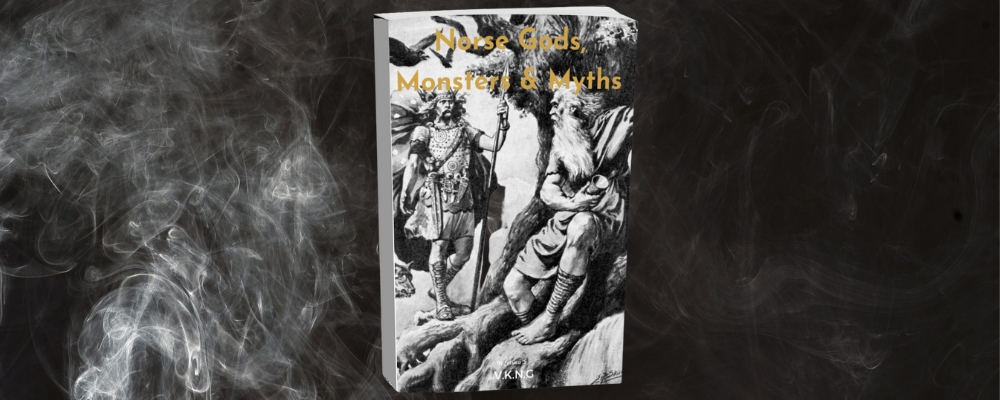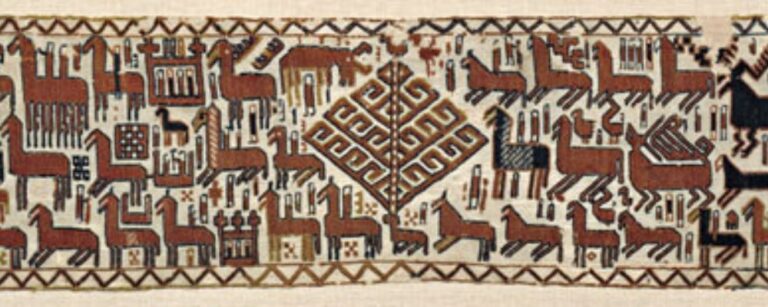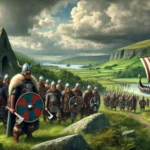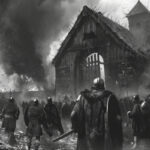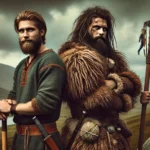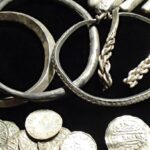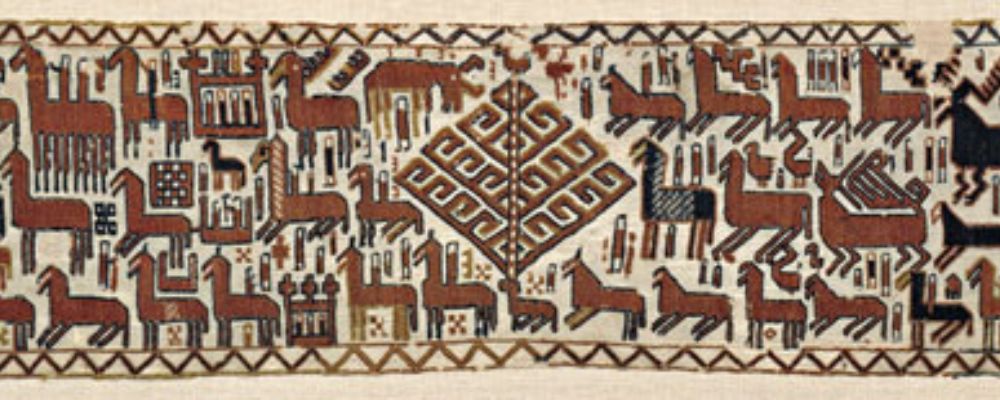
Since religions and mythology are often inspired by the things that we see in the natural world around us, it is no surprise that animals play an important role in most religions. Norse mythology is no different. Animals are important characters and motifs in the stories of the creation and destruction of the world, and everything that comes in between.
Read on to meet the most important animals in Norse mythology, including ferocious Scandinavian animals such as wolves and bears, fantastical dragons, and common animals such as cats and swans. They all have a role to play to tell us important things about Viking culture and belief.
Wolves
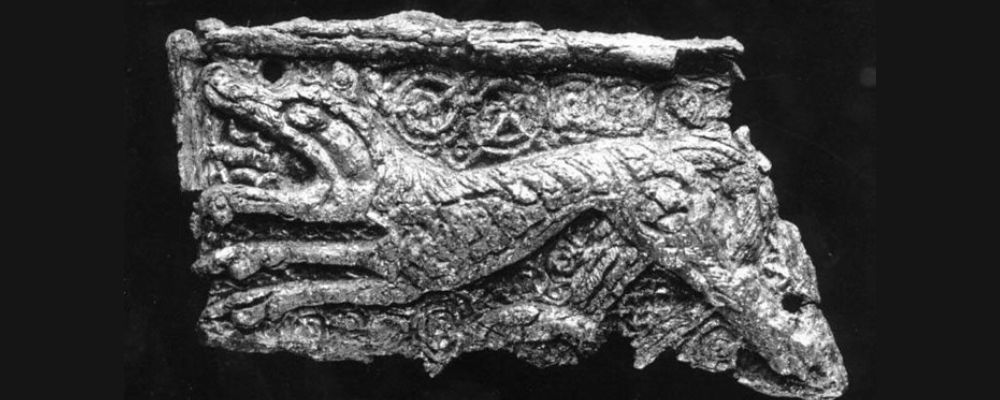
Wolves are probably the most important animals in Norse mythology, appearing often. The homeland of wolves seems to be Ironwood, a dangerous land that sits on the border between Midgard, the world of men, and Jotunheim, the world of giants. There, the giantess Angrboda gives birth to many giant wolves that form part of her wolf clan. The smaller wolves of Midgard are related to these fearsome beasts.
The most famous of Angrboda’s wolf children is Fenrir, who is also the son of the trickster Loki. The pair also had two more children, the serpent Jormungandr and the giantess Hel. The gods so feared the potential danger of the offspring of such a monstrous union that they summoned the children to Asgard to be assessed and dealt with.
Fenrir was fostered in Asgard for a time, mainly cared for by the god Tyr. But the gods soon decided that he was too dangerous to remain free. They tricked Fenrir into chaining himself up with magical chains that could not be broken. The ruse required Try to allow Fenrir to bite off his hand. You can read the full story here.
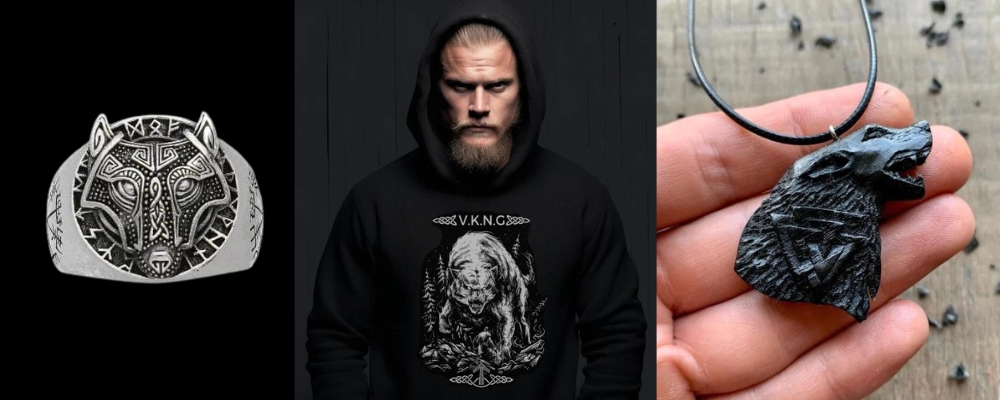
Fenrir will remain imprisoned until Ragnarök, the end of days, when the great earthquakes that shake the cosmos will allow him to break his chains. He will join the great army of giants and beasts that will take on the gods. Fenrir will devour Odin himself, the king of the gods.
Many of Fenrir’s kin are equally ferocious. A pair of wolves, called Skoll and Hati, chase the sun and moon across the sky. At Ragnarök, they will finally catch and devour their prey, plunging the world into darkness. Another Ironwood wolf, Moongarm, will splatter the sky with blood during the final days. Garm, the guard dog of Helheim, is probably also a wolf from Angrboda’s clan.
But while wolves were some of the most fearsome creatures in Norse mythology, they were not considered inherently evil. This is demonstrated by the fact that Odin was accompanied by two wolves, Geri and Freki, whose names mean greedy and ravenous.
They seem to have been part of Odin himself, as he fed them meat from his table while he sustained himself on wine, suggesting a symbiotic relationship. For Odin, these powerful beings represent sources of power, volatile sources, but not evil ones.

The term “wolf” is often used metaphorically in Norse poetry and sagas. It can represent a warrior, a dangerous enemy, or an ominous force. This metaphorical usage underscores the deep-seated influence of the wolf in the Norse cultural and spiritual landscape.
Bears

Bears held a similar role to wolves in Viking culture. They were strong and ferocious beasts that were to be respected but were not considered evil.
The most famous association of bears in Norse mythology is with the Berserker warriors. They were part of a special Bear Cult that communed with the spirit of the bear before going into battle. This allowed them to take on the strength and ferocity of the bear, which made them invincible on the battlefield.
There are many legends about the power of Berserkers, such as the idea that metal could not pierce their skin while in their heightened state. There were also cults of the wolf that conducted similar rituals.
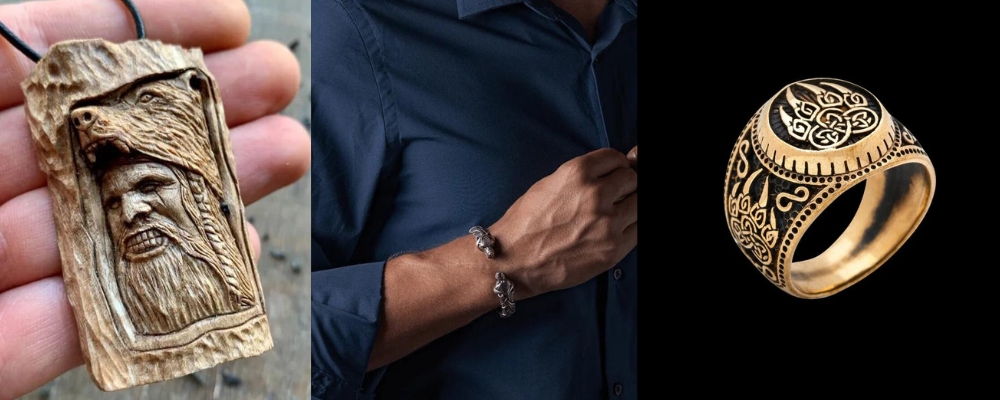
In mythology, it is said that a she-bear saved and nursed the hero Sigmund and his sister. This suggests that the Vikings observed the nurturing nature of mother bears and believed that warriors could learn ferocity from a powerful mother.
Kings and chieftains would often compare themselves to bears, and called their sons after the animal, like Bjorn Ironside, the famous son of Ragnar Lothbrok. Bears were sometimes depicted on expensive jewelry belonging to the elite.
Horses
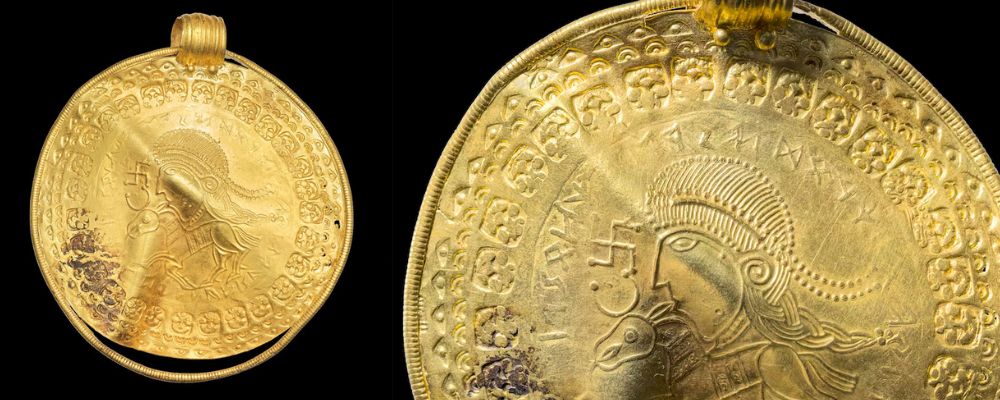
Considering how important horses are for both work and warfare, it is no surprise that they take on an important role in many cultures, including among the Vikings.
The most famous horse in Norse mythology is Sleipnir, Odin’s eight-legged steed. It was one of the few animals that could move swiftly between the nine worlds of the Norse cosmos, and Odin let Hermod ride Sleipnir to Helheim to try and retrieve the soul of Balder.
Sleipnir was no ordinary horse. He was the son of Loki, who had assumed the shape of a mare to distract a great steed called Svadilfari and prevent that horse’s master from completing his work. Loki became pregnant as part of the plan, and then gifted the young eight-legged horse to Odin.
But while Sleipnir is considered the best of all steeds, there are many other fine horses in Norse mythology. The conflict between the gods and the giant Hrungnir stemmed from the fact that he suggested his horse Gullfaxi was as good as Sleipnir. While Sleipnir may have won the competition, Odin was still disappointed when Thor gifted Gullfaxi to his son Magni rather than letting Odin keep the excellent steed.

There are many other incredible mythological horses. The goddess Gna rides a horse called Hófvarpnir across the sky and sea. The horses Skínfaxi (“Shining Mane”) and Hrímfaxi (“Frosty Mane”) pull the chariots of Day (Dagr) and Night (Nótt) across the sky.
Grani is the horse ridden by the hero Sigurd (Siegfried) in the Volsunga saga and the Nibelungenlied. Grani is a descendant of Sleipnir and is renowned for his strength and bravery.
Horses also had a ceremonial and sacrificial role in Norse religion. They were sometimes sacrificed to the gods, and horse burials have been found in various Viking archaeological sites, indicating their spiritual significance.
Goats

Interestingly, Thor was not associated with any particular horse. Instead, he is said to have traveled in a chariot drawn by two goats. They are called Tanngrisnir (“teeth-barer”) and Tanngnjóstr (“teeth grinder”).
These goats aren’t described as particularly ferocious, but they did have an incredible magic. Thor can kill and eat these goats, but if he preserves their bones and hides, they will be resurrected the next day, whole and alive. The same was said of a pig that was raised in Valhalla and killed and cooked each day for the fallen warriors before being brought back to life.
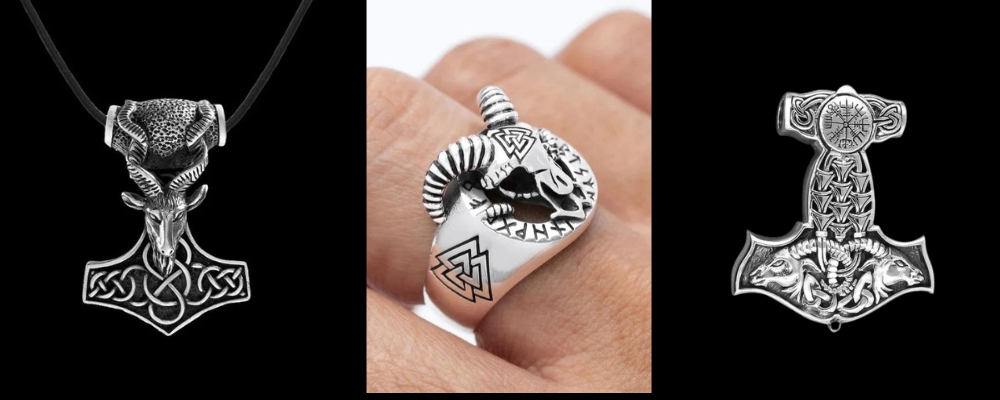
Valhalla is also home to a she-goat called Heiðrún, who grazes on the leaves of the world tree, Yggdrasil, and produces mead in her udder. This mead flows into a vast vat in Valhalla, providing an endless supply for the fallen warriors there.
This suggests that the Vikings thought of goats mostly as a source of food and for their milk. In this way, they represented sustenance, resilience, and the connection between the earthly and the divine.
Cats

But while goats may seem like a strange choice of animal to pull a chariot, they are not the most unusual steeds in Norse mythology. It is said that the goddess Freyja rode in a chariot pulled by two cats.
Freya is the goddess of love, beauty, fertility, war, and death. The cats pulling her chariot symbolize her power and the mystical qualities she embodies. This imagery underscores the cats’ agility, strength, and association with the divine.
In Norse culture, cats were often associated with fertility and prosperity, much like Freya herself. This association might be due to the natural fertility of cats and their role in controlling pests, which was crucial for preserving food stores and maintaining a healthy living environment.
In one myth, Thor, attempting to lift the great serpent Jormungandr disguised as a giant cat, is only able to lift one of the cat’s paws. This story showcases the cat’s association with mystical and magical creatures and the immense power hidden in seemingly unassuming forms.
Boars
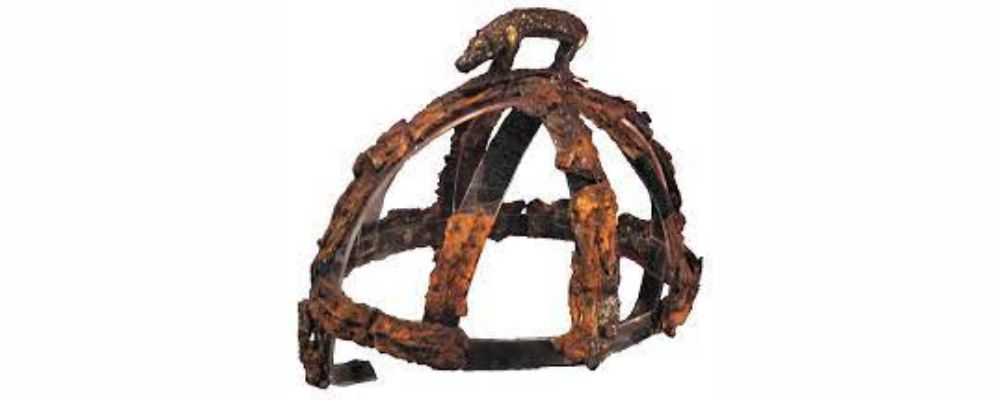
As well as being associated with cats, Freyja also had a boar companion called Hildisvini. One story suggests that he was her lover, which she turned into a boar to travel with her more easily. But there also seems to have been a connection between boars and the Vanir gods, the free-spirited fertility deities.
Freyja’s brother Freyr has a special golden boar called Gullinbursti, which means “golden mane” or “golden bristles”. Gullinbursti has bristles that glow in the dark and is incredibly fast, able to run through air and water. This magical boar symbolizes prosperity, sunlight, and fertility, reflecting Freyr’s role as a god of fertility, peace, and prosperity.
Boars were often used as symbols on helmets and shields by the Vikings, believed to provide protection and strength in battle. In Norse rituals and festivities, boars were sometimes used as sacrificial animals, particularly in yule celebrations. They were sacrificed to the gods to ensure fertility and prosperity for the coming year.
Serpents
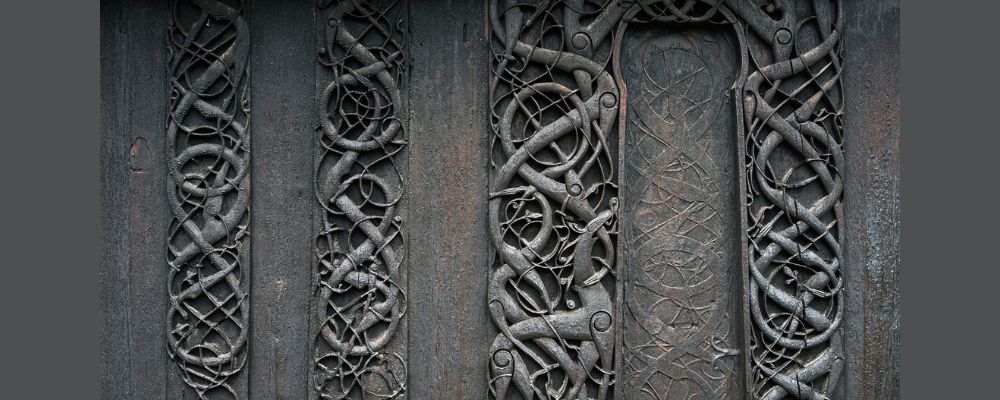
The mention of Jormungandr above brings us to another important animal in Norse mythology, the serpent. Jormungandr is the most famous example of a Norse serpent. One of the children of Loki and Angrboda, the gods cast the infant serpent into the waters surrounding Midgard. There he grew to such an enormous size that he encircles the whole world and holds his own tail in his mouth.
Like his brother Fenrir, Jormungandr is destined to play an important role at Ragnarök. He will leave his waters, causing major disruption as he has become part of the natural ecosystem. He will spew toxic venom over the earth and into the air, contributing to the destruction of the world. Thor will fight and kill Jormungandr, but the serpent will spew so much venom onto Thor that he will also die within a few seconds.
In a way, Jormungandr represents a fate that cannot be avoided, but which must be faced, no matter the consequences. But Jormungandr is not the only serpent in Norse mythology.
Another great serpent Nidhogg lives at the base of the world tree and gnaws on the roots of the tree, trying to destabilize the universe. Nidhogg is often referred to as a dragon, but the Vikings do not seem to have distinguished between serpents and dragons.

The Vikings certainly seem to have associated serpents with toxicity. When Loki was finally imprisoned and punished for his role in the death of Balder, he was chained to a rock, and a poisonous snake was hung over his head to drip toxic venom onto his skin.
We have already seen that warriors could commune with animals to take on their essence, this also seems to have been true with snakes. The dwarven warrior Fafnir is said to have turned himself into a dragon. Under the influence of a cursed ring, he did so to greedily protect the treasure that he had gained by killing his father and driving off his brother.
The Vikings clearly considered dragons fearsome. They often decorated their ships to look like dragons swimming across the sea. These were called Drakkar. Snakes are also often depicted in Viking art, forming borders that enclose an entry way or image. This suggests that they may have represented the chaos that lies at the edge of the ordered world. Much like Jormungandr sits at the border of the ordered world.
Birds: Ravens and Eagles and More
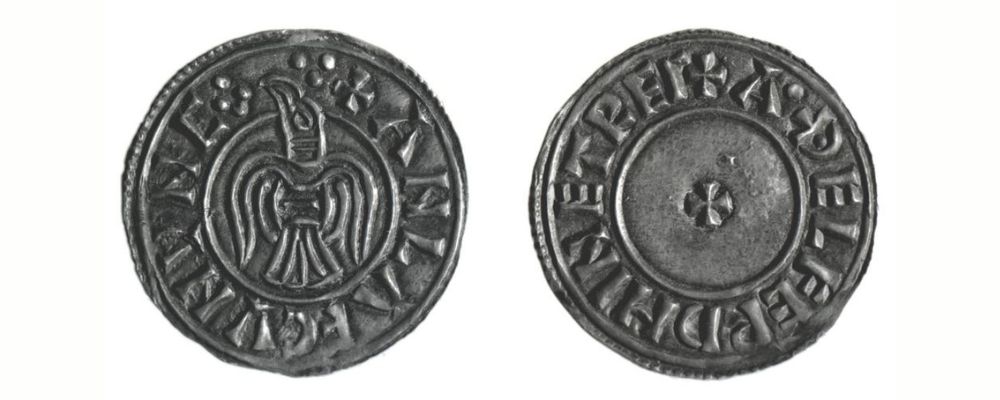
Ravens are also a common motif in Viking art because they were important animals in Norse mythology. Odin had two companion ravens called Huginn (thought) and Muninn (memory). He would send them out into the world to report back on what they saw.
It was considered good fortune to see ravens flying over a battlefield because it meant that ravens were present to choose to brave the fallen dead to take to Valhalla. They could also act as the god’s messengers. When Sigurd tastes the blood of Fafnir’s heart and learns to speak to birds, ravens tell him of a nefarious plan to betray him.
Eagles also appear frequently in Norse mythology. A giant eagle, with a hawk witting between its eyes, lives at the top of Yggdrasil. He is an enemy of the serpent Nidhogg at the bottom of the tree, and a squirrel called Ratatoskr runs up and down the tree carrying insulting messages between the two.
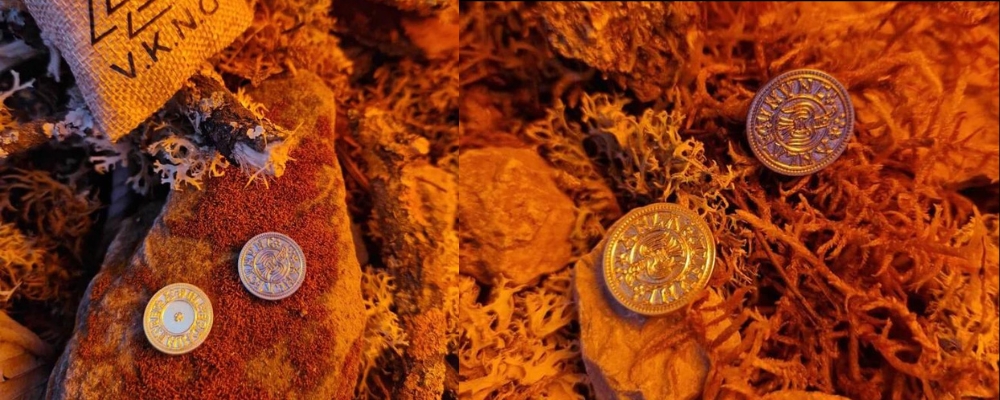
Odin also transforms himself into an eagle to fly away from a giant den with the stolen mead of poetry. The giant Thjazi turns himself into an eagle to first attack Loki, then kidnap Idun, and then chase Loki when he retrieves the goddess. Meanwhile, Loki borrows Freyja’s falcon feather cloak, presumably to transform into a falcon and fly like a bird.
Swans are linked to the Valkyries, the divine female warriors of Asgard. Some legends describe Valkyries as capable of transforming into swans, using swan feathers to fly between the mortal world and the realm of the gods.
Finally, at Ragnarök, it is three roosters who will first see the signs and recognize that the end is coming. A golden rooster called Gullinkambi will travel to Asgard to warn the gods. Another rooster called Fjalar will warn the giants, and a third rooster will warn the dead in hell.
Stags
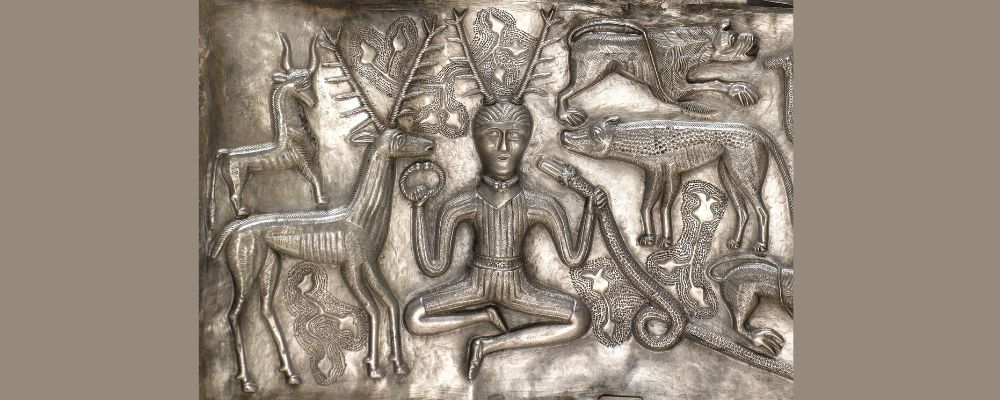
We have already met several creatures that live in Yggdrasil including the eagle, the serpent-dragon Nidhogg, and the squirrel Ratatoskr. There are also four stags that live in the tree and nibble on the leaves of the tree. They are called Dainn, “dead one”, Dvalinn, “unconscious one”, “Duneyrr, “thundering in the ear”, and Durathror, “thriving slumber”.
Another stag in Norse mythology is Eikþyrnir, who stands atop Valhalla, the hall of slain warriors. This stag grazes on the tree Læraðr, and from his antlers, dew drips into the wells and rivers of the world. Eikþyrnir represents the sustaining and nourishing aspects of nature, linking the heavens and the earth.
But the most sustaining animal in Norse mythology must be the primordial cow Audumla, who is one of the first creatures to emerge from the cosmic goop. She feeds the first giant Ymir from her milk, and she licks the first of the gods, Buri, out of salt rock that emerged at the start of time. She is the ultimate nurturing mother.

Animals in Norse Mythology
The above is not a complete list of all the animals that appear in Norse mythology. There is the shapeshifting otter, and Loki who takes on the form of a salmon. But the above are the most important recurring totems and motifs.
What do you think of the many animals that appear in Norse mythology? How does what these animals represent in the Viking age compare to how we see these same animals today? You can find many animal motif pieces in the VKNG collection.
